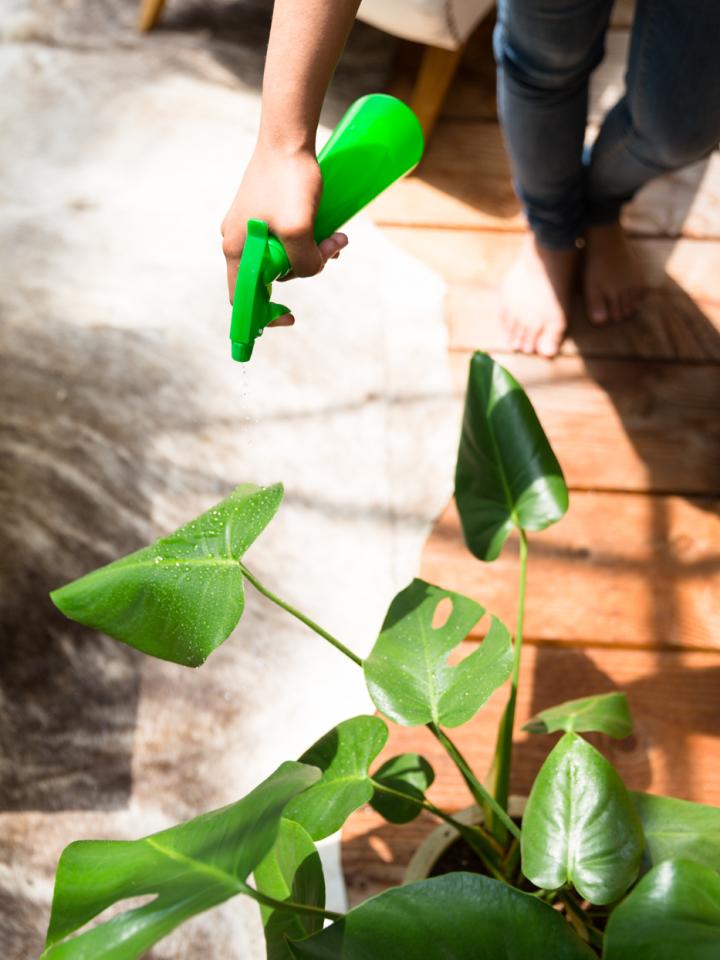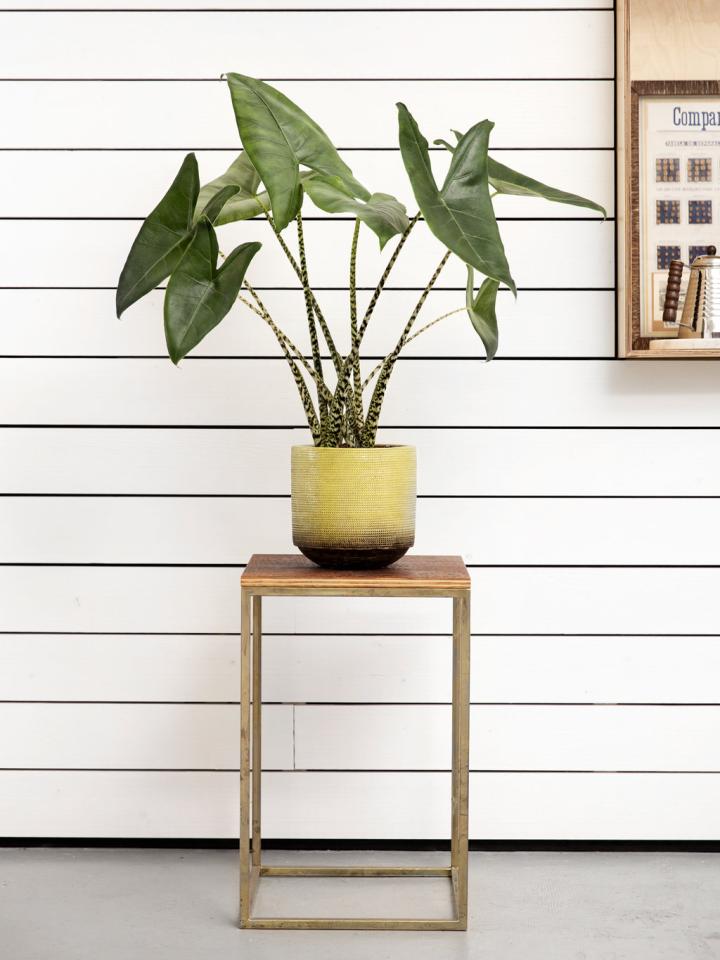BEASTLY BEASTIES
1. APHIDS
These small insects, usually green, prefer to sit on young stems and the underside of leaves. They suck sap out of the plant and caused deformed leaves, curling young leaves, yellow patches, leaf drop and sooty mould. Tackle them with Promanal-R: a pesticide based on paraffin oil that is harmless to both plant and (honey) bees.
2. THRIPS
Live in groups with their elongated, stripey bodies on the upper side of leaves and in flowers, and move very quickly. Their presence leads to spots, stripes and deformed young leaves. What to do? Rinse the pests off with water and a solution of soft yellow soap (20g per litre of water) and 10 cc of methylated spirits or methanol.
3. MEALYBUGS
These tricky beasties camouflage themselves as sticky woolly fluff. They can be found on the stems, in leaf axils and on the veins underneath the leaf. You can fight mealybugs with Promanal-R too.
4. SCALE INSECTS
A relative of the mealybug, but instead of tufts of wool these aphids have a shield on their back. Together they cause a waxy crust on the stem, trunk or underside of the leaf. One benefit: adult scale insects don’t move. Scrub them off the plant with a toothbrush and soapy water.
5. RED SPIDER MITE
Mites less than a millimetre in size cause an infection in dry air which results in spots on the upper side of the leaf. If things get out of hand, whitish threads will be draped in the plant. Cut off the affected parts immediately, spray with Promanal-R once a week for a month, and ensure better ventilation.
6. ROOT APHIDS
Yuck, these are the most annoying guests your plant can have. They're on the roots, as a result of which you can’t see them and often realised too late that your plant is sick. Symptoms: slow growth and slightly yellowed leaves. Sadly a plant with root aphids is almost impossible to save. it’s best to give your plant a good send-off and buy a new one.
 YUCKY MOULD
YUCKY MOULD
1. MILDEW

This mould is white and powdery, spreads very rapidly across the upper side of leaves and damages leaves until they turn brown and die. If the mildew is on the underside, you’ve had a visit from its fluffy cousin downy mildew. The quickest solution is to remove the affected parts and ensure more ventilation.
2. SOOTY MOULD
Actually the plant is not immediately affected by sooty mould. The fungus does not draw its sustenance from the plant itself but from honeydew, a sticky liquid that some insects leave behind. But the black mould also stops light from reaching the leaves. What to do: wipe off the mould if you see it and work at getting rid of the insects that leave the honeydew.
3. Botrytis
Also known as grey mould because its grey fluff covers leaves, stems and flowers. Ultimately the affected parts turned black and died. Remove the sick parts as quickly as possible, keep the leaves dry and ensure ventilation.
VULNERABLE OLDSTERS
Just as with humans, diseases in plants targets the weakest in the group. Unhealthy plants or dying leaves are the most vulnerable. If you ensure that your plant is fit, gets enough water and light, is not overfed and has good humidity it has a better chance of avoiding disease. And remember: once diseases have established themselves, the healthy part will also be affected. So regularly remove withered and dying leaves.





